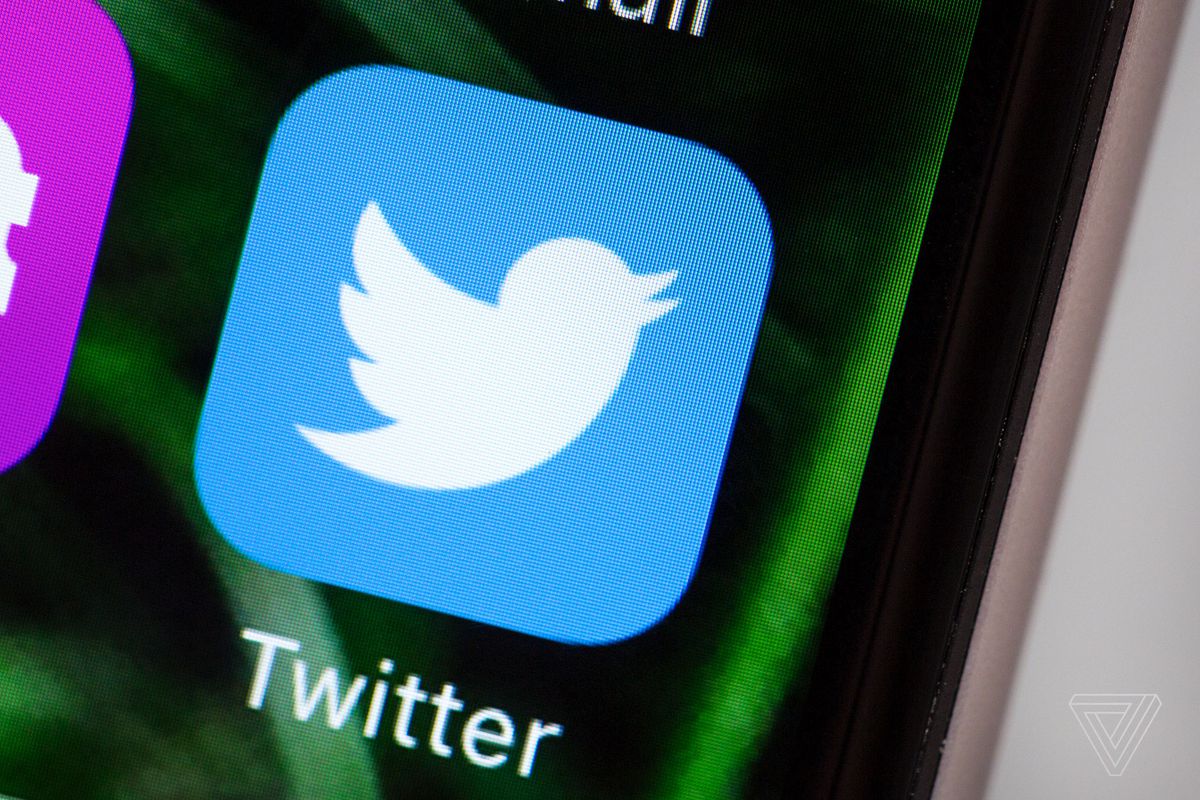/cdn.vox-cdn.com/uploads/chorus_image/image/59759717/akrales_170602_1743_0020.0.jpg)
Twitter has long had a strange disdain for third-party Twitter apps, but it’s allowed many of them to pass under the radar for the last several years. That’s starting to change this summer, when Twitter will revoke a key piece of access that developers currently have to the service, replacing it with a new access system that limits what they can do. The changes aren’t going to make third-party Twitter clients useless, but they are going to make the apps somewhat worse.
The changes, which go into effect August 16th, do two main things: first, they prevent new tweets from streaming into an app in real time; and second, they prevent and delay some push notifications. Neither of these are going to break Twitter apps completely, but they could be very annoying depending on how and where you use it.
The first change means the Twitter timeline has to be manually refreshed. That’s not necessarily a huge deal on mobile, as you’re probably used to pulling to refresh the timeline anyway. Luke Klinker, the developer behind the Android Twitter client Talon, said that only 2 to 3 percent of his users ever turned on the auto-refresh feature, or what’s known as streaming to Twitter client makers, because it was such a drain on battery. Craig Hockenberry, a senior engineer at Iconfactory, which makes Twitterrific, said it would be a bigger problem in some scenarios, like when you’re watching an event on TV. “Pulling to refresh in those cases works, but is awkward and feels ‘slow,’” he writes in an email to The Verge.
On the desktop, the lack of streaming could be a bigger issue. Twitter apps can still request that your timeline be refreshed, but they can only do it so often. If you’re the kind of person who absolutely needs to see every tweet the second it’s tweeted, that’ll be a problem.
But it might still be fine for some users. Tapbots co-founder Paul Haddad, who’s behind the Mac and iOS app Tweetbot, says that his apps are already set up to automatically check Twitter for updates “every so often” when a user has streaming disabled. “As an anecdote, we’ve had users running without streaming for months for one reason or another and not even notice,” he writes in an email to The Verge.
Push notifications could be more of a problem. On mobile, it sounds like they’re either going to vanish or be severely limited. Klinker has never had access to the developer tools that allow for push notifications, so the Talon app has never supported them. He has been able to create workarounds, like having the app occasionally request updates in the background, but it can’t receive all types of notification and, again, it’s a drain on battery.
That’s an annoying change, especially since the type of people who download third-party Twitter apps are probably the type of people who like to stay engaged on Twitter. It could also be a major issue for Twitterrific, which is available for free on iOS but charges $3 for access to notifications. That in-app purchase is Twitterrific’s “primary revenue stream,” according to Sean Heber, an engineer at Iconfactory. The feature will essentially be broken, or at least partially broken, once Twitter enacts these changes. “So this is a big problem,” he wrote in a tweet.
On the desktop, notifications will be limited, but not as dramatically. Haddad says that like and retweet notifications will stop working on Tweetbot for Mac, and other notifications will be delayed by one to two minutes.
There may be other, unexpected issues too. Heber said it’s still unknown if direct messages will work on mobile. Haddad said he expects issues on mobile to primarily revolve around push notifications, but that he wasn’t ready to detail the exact impact yet.
Twitter will offer developers a way to buy access to a new API that will enable all the old, real-time features. But the service appears to be extremely limiting and prohibitively expensive for consumer app developers. I suspect it’s likely meant for companies doing data analysis or offering financial services; something that can be sold for much more money. Twitter’s pricing comes out to $11.60 per user per month, and that’s only if an app doesn’t go above 250 users. Any more than that and they have to negotiate a deal for greater access. And given Twitter’s well-known disinterest in third-party Twitter apps, it’s unlikely this would be an option for developers.
While developers aren’t exactly thrilled with the way Twitter’s changes have turned out, it sounds like they aren’t too shaken either. “We’d obviously prefer to continue to offer things in as real-time a manner as possible, but not being able to do that is not the end of the world,” Haddad said.
Klinker said most users of Talon and other recent Android Twitter apps won’t notice any changes, since they never had access to push notifications anyway. They also aren’t likely to get some new Twitter features, he said, like polls. “My users won’t see any changes, but Twitter has restricted what I hoped to be possible for the future,” he wrote. Klinker said he was excited for the API changes because it could have finally granted his app access to notifications, but Twitter’s pricing makes it “clear that push notifications for third-party apps is the last thing Twitter wants these APIs used for, which is disappointing.”
Twitterrific for iOS should “mostly keep working without push, in theory,” wrote Heber. He said Iconfactory will “still expect to keep the app running with reduced functionality for as long as we can.”
“One thing I’m concerned that Twitter doesn’t understand: a lot of the folks who use our apps are longtime users who are highly engaged with the service,” Hockenberry said. “These folks aren’t served well by the official client and are likely to find a different outlet for their social media needs.”
[“Source-theverge”]




